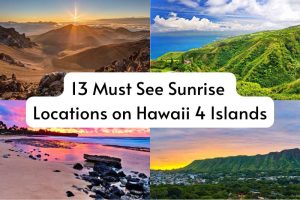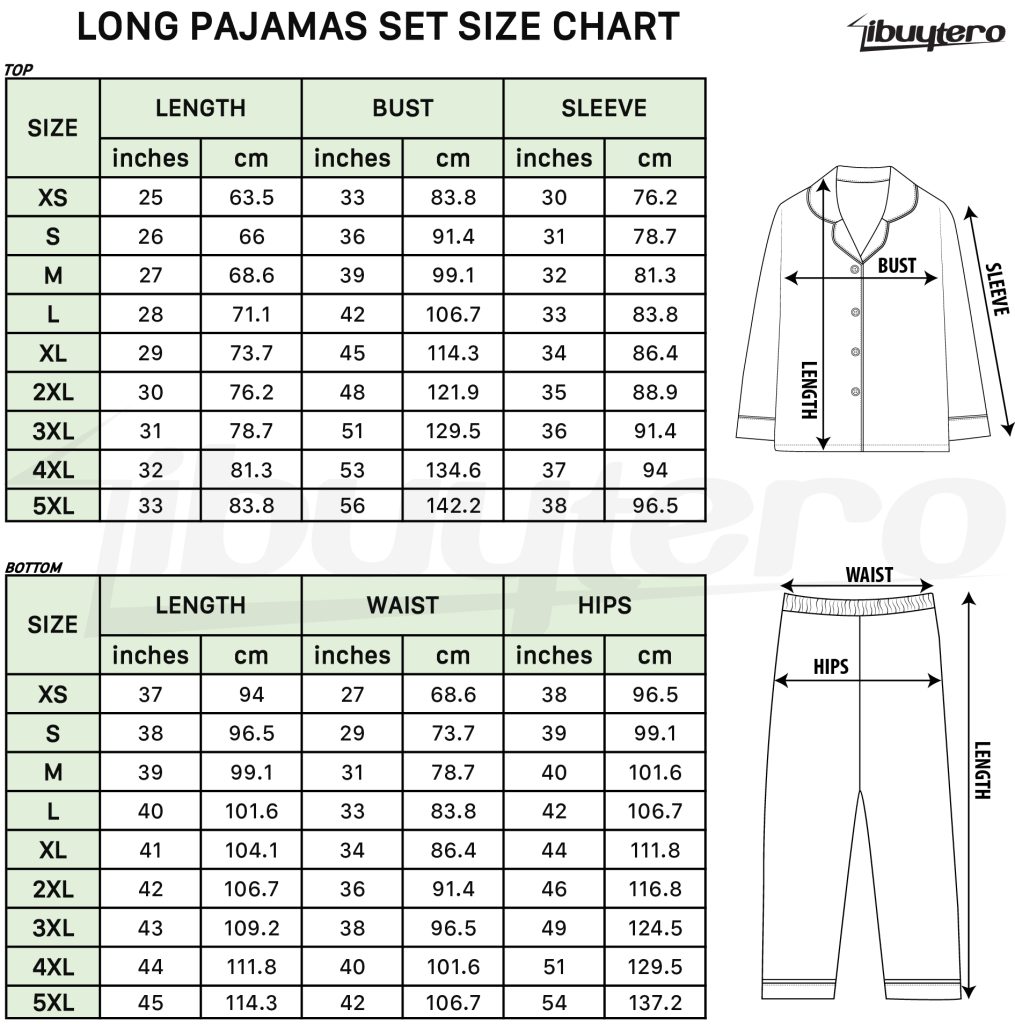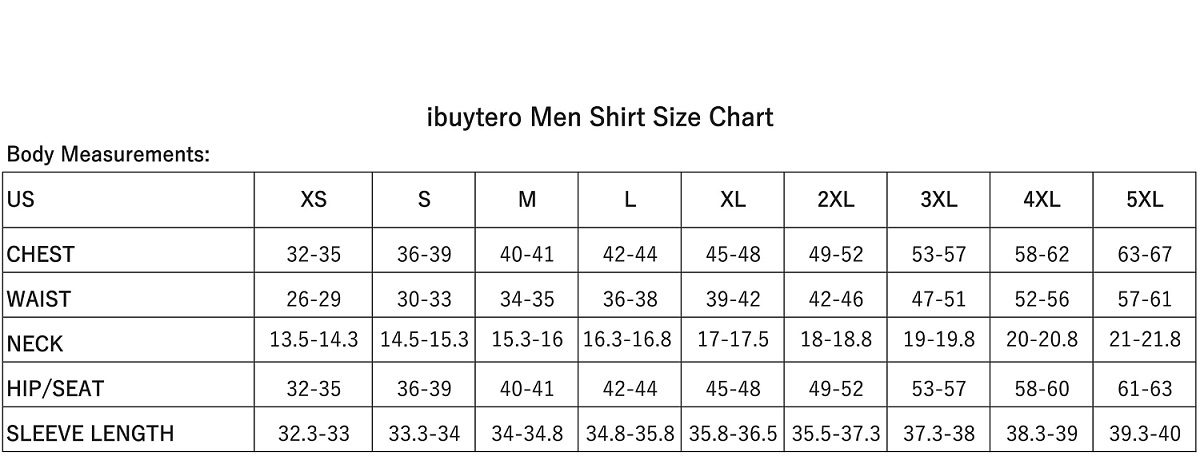The best time to visit the Big Island: A seasonal guide
When planning a trip to Hawaii, one of the most common questions is: What is the best time to visit the Big Island? From exploring volcanic landscapes to relaxing on stunning beaches, the Big Island offers an incredible range of experiences throughout the year. To make the most of your trip, it helps to understand when to visit based on your interests, from whale watching to escaping the crowds. Here’s your seasonal guide to finding the perfect time for every adventure.
I. Why visit the Big Island?
The Big Island, or Hawaii Island, stands out as a destination for its unmatched diversity and unique experiences. Here’s why it’s worth visiting:
- Diverse landscapes: Experience 10 of the world’s 14 climate zones, from snow-capped Mauna Kea to tropical rainforests and volcanic deserts.
- Hawaii Volcanoes National Park: Home to two active volcanoes, Kilauea and Mauna Loa, offering rare views of volcanic activity.
- World class stargazing: Mauna Kea’s summit offers some of the clearest night skies for stargazing, making it a must-visit for astronomy enthusiasts.
- Rich cultural history: Visit ancient Hawaiian sites like Pu’uhonua o Hōnaunau and the historic Kealakekua Bay.
- Adventure opportunities: Hike, snorkel, or zip-line through diverse terrains; experience night snorkeling with manta rays or explore lava tubes.
- Unique beaches: Enjoy black-sand, white-sand, and even green-sand beaches, perfect for sunbathing, swimming, or watching sea turtles.
- Farm to table dining: Savor fresh, local produce and world-famous Kona coffee grown on the island’s volcanic slopes.
- Whale watching: Spot humpback whales during their migration from December to April, along with dolphins and vibrant marine life.
- Laid back vibe: Compared to other Hawaiian islands, the Big Island offers a more relaxed, peaceful atmosphere, ideal for unwinding.
With its vast landscapes, volcanic wonders, and rich culture, the Big Island offers something for every type of traveler.
II. What is the best time to visit the Big Island?

The best time to visit the Big Island largely depends on your interests and the experiences you want to prioritize. Here’s a breakdown of the ideal times to visit based on different activities and preferences:
1. For the beaches
If your priority is to relax and soak up the sun on the Big Island’s beautiful beaches, the best time to visit is during the summer months (June to August). During this period, you’ll find consistently warm and sunny weather, especially on the island’s west coast. The popular beaches like Hapuna Beach and Kua Bay are perfect for swimming, sunbathing, and beachside picnics. However, since summer is a peak travel time, the beaches can be more crowded, so visiting in the early morning will give you a quieter experience.
2. To see whales
If whale watching is at the top of your list, the best time to visit is from December to April, which is the peak season for humpback whale sightings. These magnificent creatures migrate from Alaska to Hawaii during the winter months to breed and give birth. The best chances to see them are in January and February, when whale activity is at its highest. You can book a whale-watching tour from Kona to witness these gentle giants breach and play in the ocean.
3. For snorkeling
The best time for snorkeling on the Big Island is during the summer (July and August) when ocean conditions are calm, ensuring crystal-clear visibility. Popular snorkeling spots like Kealakekua Bay and Honaunau Bay are teeming with marine life, including colorful fish, sea turtles, and vibrant coral reefs. The calm seas make it easy to explore underwater, and for a unique experience, you can also try night snorkeling with manta rays, which is a truly unforgettable adventure.
4. For the volcanoes
To explore the island’s famous volcanoes without the crowds, the best time to visit is during the fall (September to November). This is a quieter period, and the weather is mild, making it ideal for hiking through Hawaii Volcanoes National Park, where you can witness lava flows, craters, and steaming vents. The cooler fall temperatures are also great for long hikes through volcanic terrain, ensuring a comfortable exploration of one of the world’s most active volcanoes, Kilauea.
5. On the cheap
If you’re traveling on a budget, visiting during the shoulder seasons (April to June, September to November) is your best bet. During these times, flight prices and hotel rates are typically lower than in the peak summer and winter months. You’ll also encounter fewer tourists, allowing for a more relaxed and affordable vacation without sacrificing great weather or the opportunity to explore popular attractions.
6. To skip the crowds
If you want to enjoy the Big Island without dealing with large crowds, consider visiting during the spring (March to May) or fall (September to November). These shoulder seasons fall between the busier summer and winter months, offering a quieter atmosphere at beaches, hiking trails, and major tourist spots like Hawaii Volcanoes National Park. It’s a great time to take in the island’s beauty at your own pace.
7. For the weather
The Big Island enjoys a warm tropical climate year-round, but if you’re looking for the sunniest, driest weather, visit during the dry season (April to October). The west coast, particularly the Kona region, experiences the least rainfall, making it ideal for beach days and outdoor activities. On the eastern side, near Hilo, it tends to be wetter, so if you’re exploring this part of the island, it’s best to plan your visits for the drier months.
8. For activity junkies
If you’re an adventure enthusiast looking for outdoor activities, the winter months (December to February) are ideal. Cooler temperatures make it perfect for hiking the island’s many trails, cycling through scenic routes, or tackling challenging treks up volcanic landscapes. The winter months also bring larger ocean swells, making it an exciting time for surfing. If you’re looking to pack your itinerary with a mix of water and land-based adventures, winter is the perfect time to visit.
III. Seasonal overview
Each season on the Big Island offers unique experiences and weather patterns, making it important to choose the right time to visit based on your interests. Here’s a breakdown of what to expect during each season:
1. Winter (December – February)
Best for: Whale watching, surfing, cooler weather for hiking
Winter on the Big Island is the coolest and wettest season, especially on the island’s eastern side around Hilo. Temperatures remain warm, averaging between 60°F to 80°F (16°C to 27°C), making it comfortable for outdoor activities like hiking in Hawaii Volcanoes National Park or exploring waterfalls. This is the prime season for whale watching, as humpback whales migrate to the warm Hawaiian waters during this time. Book a tour along the Kona coast for the best chances of spotting these majestic creatures.
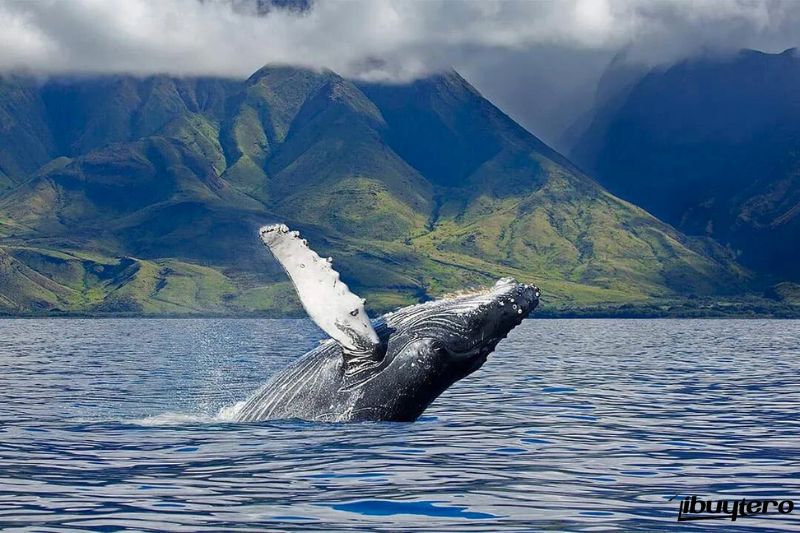
Winter also brings larger ocean swells, making it an exciting season for surfers, especially on the island’s northern and eastern shores. If you’re into surfing or want to watch the pros ride big waves, this is the ideal time. However, be prepared for occasional rain, especially on the eastern side, and pack accordingly.
2. Spring (March – May)
Best for: Avoiding crowds, moderate prices, pleasant weather
Spring on the Big Island offers a great balance between pleasant weather, fewer tourists, and lower travel costs. Temperatures range from 65°F to 85°F (18°C to 29°C), making it an excellent time for outdoor activities like hiking, snorkeling, and exploring the island’s beaches. The island tends to be less crowded in the spring, especially compared to the busy summer and winter seasons, which allows for a more relaxed experience at popular sites like Akaka Falls or Pu’uhonua o Hōnaunau.
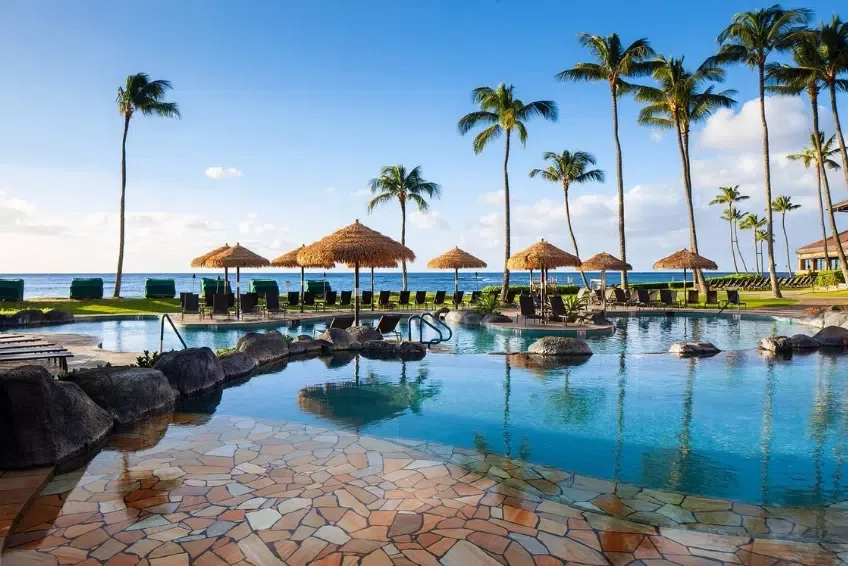
Additionally, travel prices, including flights and accommodation, are often lower during this shoulder season. If you’re looking for an affordable yet enjoyable time to visit the Big Island, spring is a great choice.
3. Summer (June – August)
Best for: Beach days, snorkeling, family vacations
Summer is the hottest and driest season on the Big Island, particularly on the western side near Kona. Temperatures can reach up to 90°F (32°C), especially along the coast. This is the ideal time to visit if you plan to spend most of your time at the beach. Popular beaches like Hapuna Beach and Kaunaoa Bay are perfect for swimming, sunbathing, and beach picnics, while calm waters make for excellent snorkeling conditions.
However, summer is also a busy season for family vacations, which means larger crowds and higher prices. Book accommodations and tours well in advance if you plan to visit during this time. Despite the crowds, summer offers the longest days, giving you more daylight hours to explore the island’s many outdoor activities.
4. Fall (September – November)
Best for: Quiet getaways, exploring volcanoes, hiking
Fall is considered one of the best times to visit the Big Island, especially for those who want to avoid the summer crowds and high prices. Temperatures remain warm, ranging from 65°F to 85°F (18°C to 29°C), with fewer rainy days compared to winter. This season is particularly great for exploring Hawaii Volcanoes National Park, as the cooler temperatures and quieter trails make for a comfortable and uncrowded experience.
Fall is also the perfect time for budget-conscious travelers, as flights and accommodations tend to be more affordable. You’ll also have a better chance of finding empty beaches and quiet hiking trails, allowing you to experience the island at a slower, more relaxed pace.
IV. How to avoid rain during the rainy season on the Big Island
Visiting the Big Island during the rainy season can still be enjoyable with a little planning. Here are some tips to help you make the most of your trip:
- Check the Weather Forecast: Regularly check local weather updates to find out when it’s likely to rain. This will help you choose the best days for outdoor activities.
- Explore the Leeward Side: The leeward side of the island, particularly areas like Kailua-Kona, tends to be drier than the windward side. Plan your excursions there to increase your chances of good weather.
- Start Early: The mornings are often the driest time of day. Consider scheduling hikes or outdoor tours in the early hours to enjoy clearer skies.
- Have a Backup Plan: Always have indoor activities ready, such as visiting local museums, art galleries, or shopping centers. This way, you won’t feel disappointed if rain does come.
- Stay Flexible: Be open to changing your plans based on the weather. Sometimes, a brief rain shower can lead to beautiful rainbows and lush scenery, so embrace the experience!
By following these tips, you can navigate the rainy season on the Big Island and enjoy all it has to offer.
V. Conclusion
Ultimately, the best time to visit the Big Island depends on what you want from your Hawaiian adventure. Whether you’re chasing sunny beaches, breathtaking marine life, or hiking through volcanic terrain, this seasonal guide will help you plan the perfect trip.
We encourage you to explore our other related articles on ibuytero to learn more about fashion and accessories. If you’re ready to add a stylish trucker hat or a vibrant Hawaiian shirt to your collection, visit the ibuytero shop to find the perfect item that suits your style. You can also visit ibuytero shop to choose fashionable gifts with unique and interesting designs. Follow us on Pinterest to keep up to date with the latest products.





